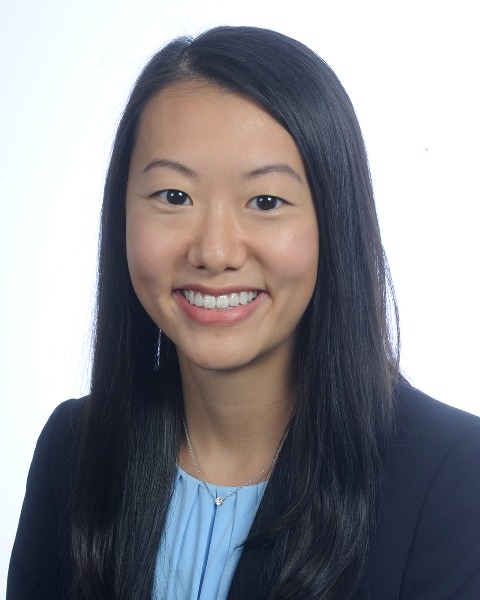Mobile Mammography: Outcomes One Year Later
ePosters

Rebecca Zhang, MD
Resident Physician
Hospital of the University of Pennsylvania
Presenter(s)
Purpose: The purpose of this project was to evaluate follow-up behavior for patients who underwent screening mammography (tomosynthesis) at a mobile mammography screening event.
Materials and Methods: A retrospective study of the patients who underwent screening mammography at a joint venture mobile mammography set-up between Penn Medicine and Siemens Healthineers in a healthcare "desert" in a neighborhood in Philadelphia with 40% poverty rate was performed. Routine intake data was collected at the time of examination, and follow-up data was evaluated 18 months following initial mobile screening evaluation. Data included age of examination, insurance status, zip code, racial identity, BI-RADS classification, and outcome of diagnostic follow-up for screening mammography if additional imaging was performed, as well as time between initial mobile screening mammography and follow-up mammography.
Results: 255 patients were examined with screening mammography (tomosynthesis) with a median age of 55. Prior to the mobile mammography, 52% of patients had a prior screening mammogram within 2 years. 16.6% of patients received a follow-up screening mammogram within 18 months of their mobile mammogram. 48% of these patients had Medicare or Medicaid as their primary insurance, while 27% had private or commercial insurance. Self-identified race revealed that 71% of patients were Black or African-American, 18% of patients were white, 7% of patients were Hispanic, and 4% patients were other. 3 of 255 patients were diagnosed with breast cancer based upon abnormal screening mammography results with a cancer detection rate of 12/1000.
Conclusion: Although many health systems have begun the process of mobile mammography and mobile cancer screening, it is incumbent upon these hospitals to follow-up with their patients. It is shown that the cancer detection rate is significantly higher than the cancer detection rate seen in a routine screening population. However, only 16.6% of patients had follow-up screening mammography after a normal result within 18 months. 78% of the patients identified as either Black or Hispanic, with similar results for the patients who sought routine annual mammography.
Clinical Relevance Statement: Continue advances in routine annual screening mammography reduce morbidity and mortality from breast cancer with disproportionate impact on women of color. There is benefit to neighborhood-based mobile cancer screening. However, health systems must ensure appropriate follow-up and encourage continued participation in screening events.
Materials and Methods: A retrospective study of the patients who underwent screening mammography at a joint venture mobile mammography set-up between Penn Medicine and Siemens Healthineers in a healthcare "desert" in a neighborhood in Philadelphia with 40% poverty rate was performed. Routine intake data was collected at the time of examination, and follow-up data was evaluated 18 months following initial mobile screening evaluation. Data included age of examination, insurance status, zip code, racial identity, BI-RADS classification, and outcome of diagnostic follow-up for screening mammography if additional imaging was performed, as well as time between initial mobile screening mammography and follow-up mammography.
Results: 255 patients were examined with screening mammography (tomosynthesis) with a median age of 55. Prior to the mobile mammography, 52% of patients had a prior screening mammogram within 2 years. 16.6% of patients received a follow-up screening mammogram within 18 months of their mobile mammogram. 48% of these patients had Medicare or Medicaid as their primary insurance, while 27% had private or commercial insurance. Self-identified race revealed that 71% of patients were Black or African-American, 18% of patients were white, 7% of patients were Hispanic, and 4% patients were other. 3 of 255 patients were diagnosed with breast cancer based upon abnormal screening mammography results with a cancer detection rate of 12/1000.
Conclusion: Although many health systems have begun the process of mobile mammography and mobile cancer screening, it is incumbent upon these hospitals to follow-up with their patients. It is shown that the cancer detection rate is significantly higher than the cancer detection rate seen in a routine screening population. However, only 16.6% of patients had follow-up screening mammography after a normal result within 18 months. 78% of the patients identified as either Black or Hispanic, with similar results for the patients who sought routine annual mammography.
Clinical Relevance Statement: Continue advances in routine annual screening mammography reduce morbidity and mortality from breast cancer with disproportionate impact on women of color. There is benefit to neighborhood-based mobile cancer screening. However, health systems must ensure appropriate follow-up and encourage continued participation in screening events.

